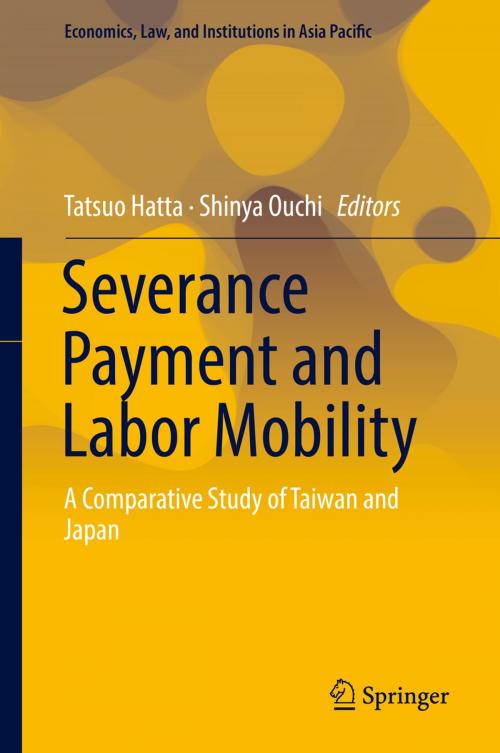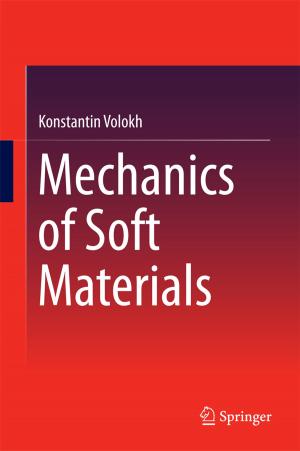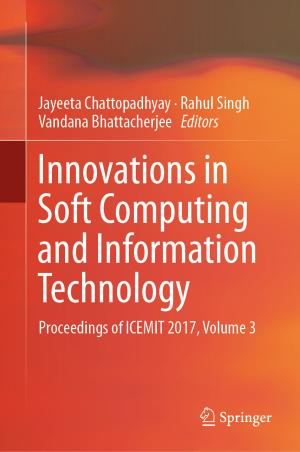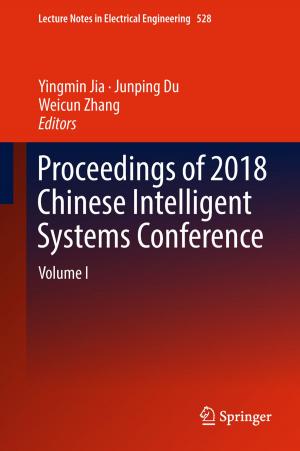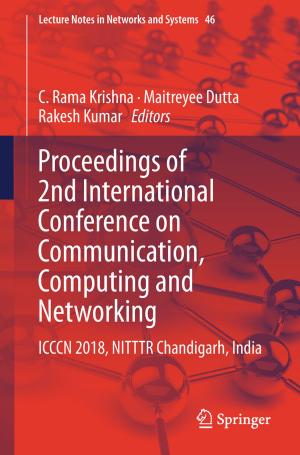Severance Payment and Labor Mobility
A Comparative Study of Taiwan and Japan
Business & Finance, Economics, Public Finance, Career Planning & Job Hunting, Labor| Author: | ISBN: | 9789811321498 | |
| Publisher: | Springer Singapore | Publication: | November 27, 2018 |
| Imprint: | Springer | Language: | English |
| Author: | |
| ISBN: | 9789811321498 |
| Publisher: | Springer Singapore |
| Publication: | November 27, 2018 |
| Imprint: | Springer |
| Language: | English |
This book compares legally allowed dismissal conditions in employment contracts in Taiwan and Japan and then examines the possibility of introducing the Taiwan-style severance payment system into Japanese employment contracts.
A significant difference exists between employment regulations of Japan and Taiwan. In Japan, dismissal of an employee on the grounds of ability is not easily upheld in a court of law, and a set rule for dismissals with severance payment does not exist. On the other hand, in Taiwan, where regulations do not allow dismissal at will, an employee can still be dismissed with severance payment, as long as due process is followed.
Written by labor lawyers and labor economists from both Taiwan and Japan, this book describes the procedures that must be followed in the dismissal process in the two countries. It also shows that this difference in dismissal conditions between the two countries explains the low labor mobility in Japan and high labor mobility in Taiwan, and that this difference in labor mobility, in turn, caused the shift of IT production from Japan to Taiwan in the 1990s. The final chapter of the book elucidates the need for introducing the Taiwan-style severance payment before carrying out further deregulation in Japan.
This book compares legally allowed dismissal conditions in employment contracts in Taiwan and Japan and then examines the possibility of introducing the Taiwan-style severance payment system into Japanese employment contracts.
A significant difference exists between employment regulations of Japan and Taiwan. In Japan, dismissal of an employee on the grounds of ability is not easily upheld in a court of law, and a set rule for dismissals with severance payment does not exist. On the other hand, in Taiwan, where regulations do not allow dismissal at will, an employee can still be dismissed with severance payment, as long as due process is followed.
Written by labor lawyers and labor economists from both Taiwan and Japan, this book describes the procedures that must be followed in the dismissal process in the two countries. It also shows that this difference in dismissal conditions between the two countries explains the low labor mobility in Japan and high labor mobility in Taiwan, and that this difference in labor mobility, in turn, caused the shift of IT production from Japan to Taiwan in the 1990s. The final chapter of the book elucidates the need for introducing the Taiwan-style severance payment before carrying out further deregulation in Japan.
